 Get a quote
Get a quote
Discover essential tips for optimising lead times in precision machining, including effective design practices and alternative buying methods. Learn how Penta Precision can streamline your CNC machining projects for faster delivery and improved efficiency.

Take a quick look at our workshop floor, where we CNC machine a variety of turned and milled precision components.

In this guide, you’ll learn what a chamfer is, how it differs from other edge types, and why it matters in CNC manufacturing.

We’ll explore the differences between chamfered and filleted edges and when to use each.
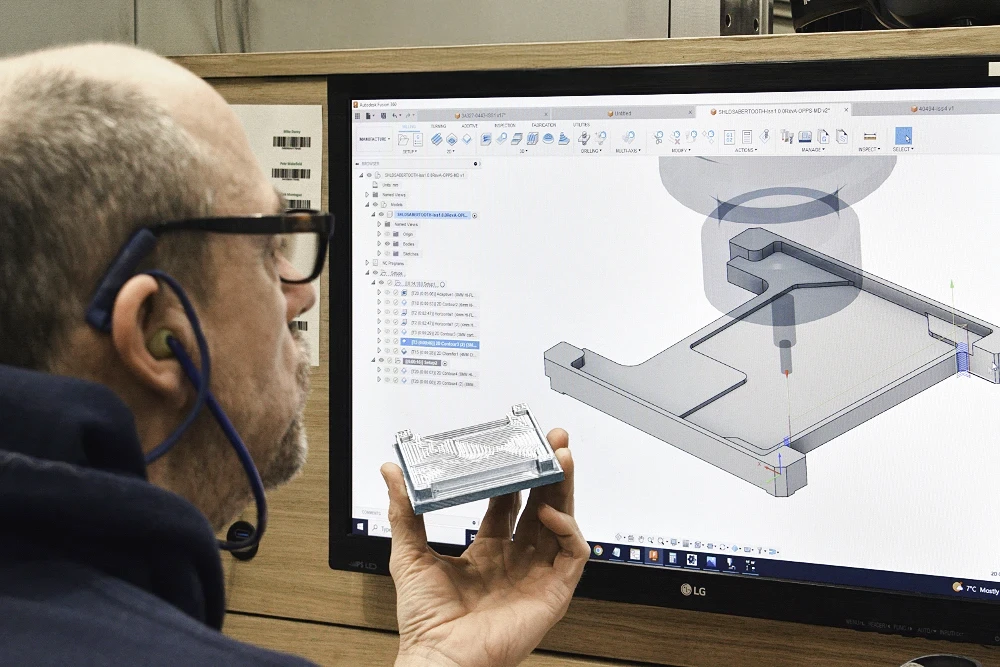
This guide covers what is DFM, DFM meaning, how it fits into engineering and manufacturing, and how to improve your design so it’s ready for efficient production.

In this blog, we offer insights into why our customers place their confidence in us for critical projects.
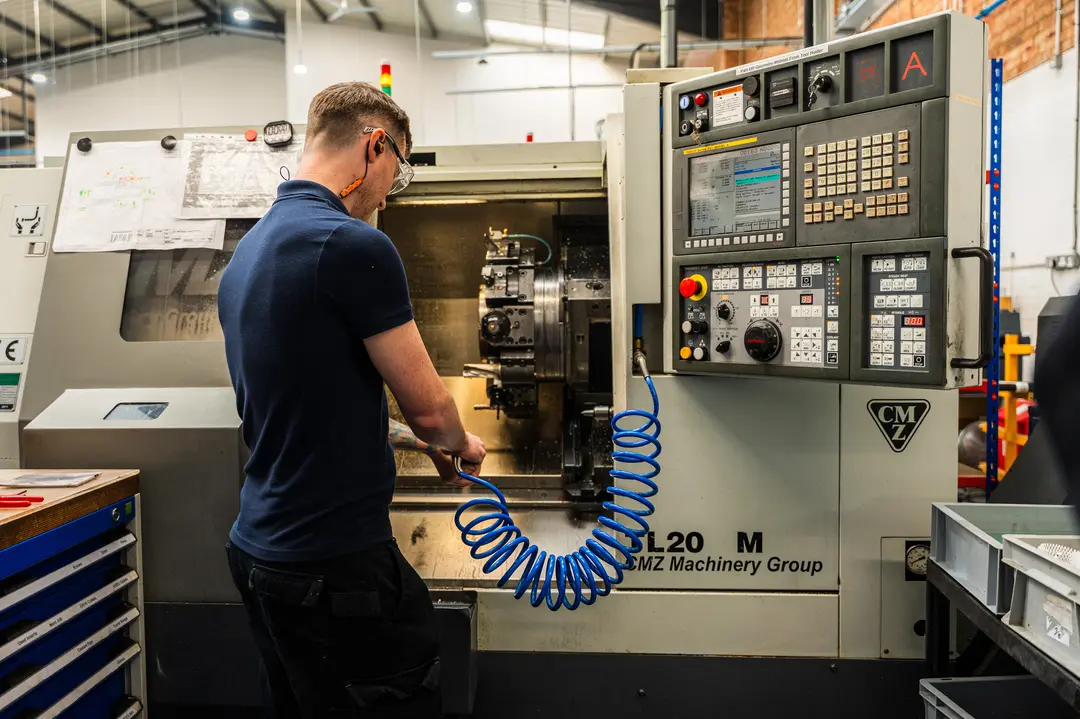
CNC turning is a widely used manufacturing process that creates precise cylindrical parts. This computer-controlled process delivers exceptional accuracy, speed, and repeatability. If you're looking to produce precision components with efficiency, CNC turning is a key solution. In this guide, you'll learn what CNC turning is, how it works, and what machines and materials are involved.
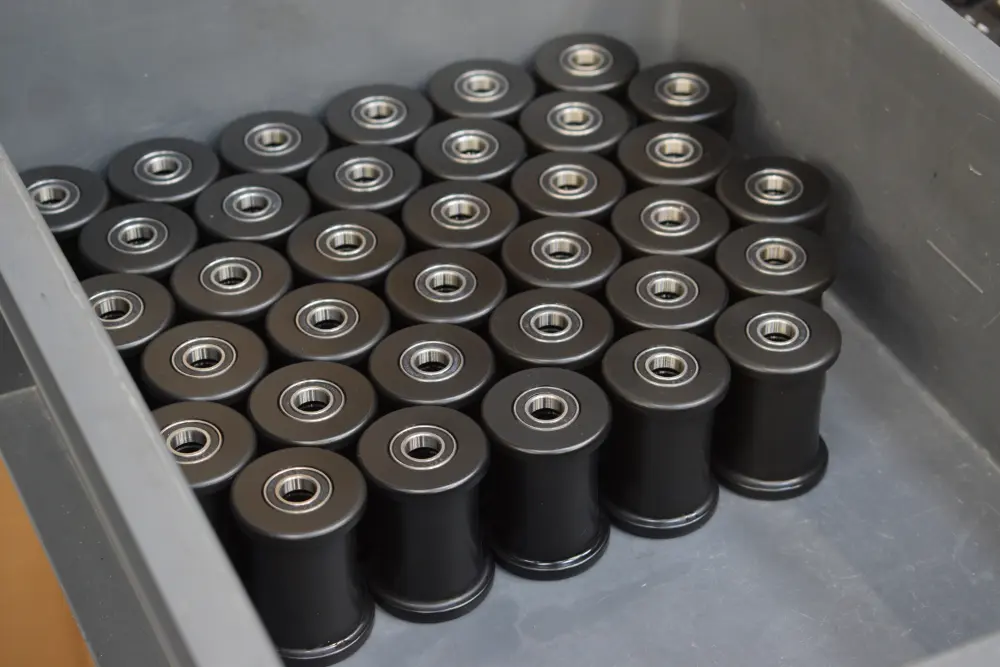
Choosing the right metal for CNC machining isn't just a design decision; it has a direct impact on performance, reliability, and cost. When a part fails or wears out too quickly, the root cause is often the material. That's why material testing is such a critical step in the process. We'll explore what to consider when selecting metals for CNC machining, and how testing helps verify that choice.
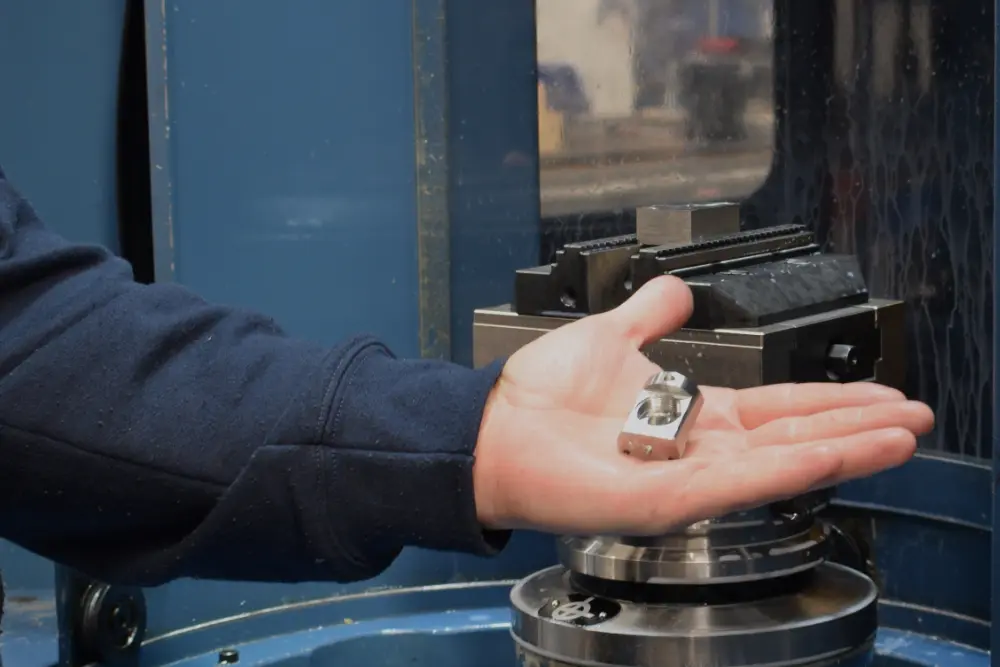
CNC milling has become a cornerstone of modern manufacturing. It plays a crucial role in producing precision components for industries like aerospace, medical, and defence. If you're sourcing parts that need to be exact, fast, and reliable, this is a process worth knowing. You'll discover what the CNC milling process involves, how different machines and operations are used, and what steps are needed to get started.
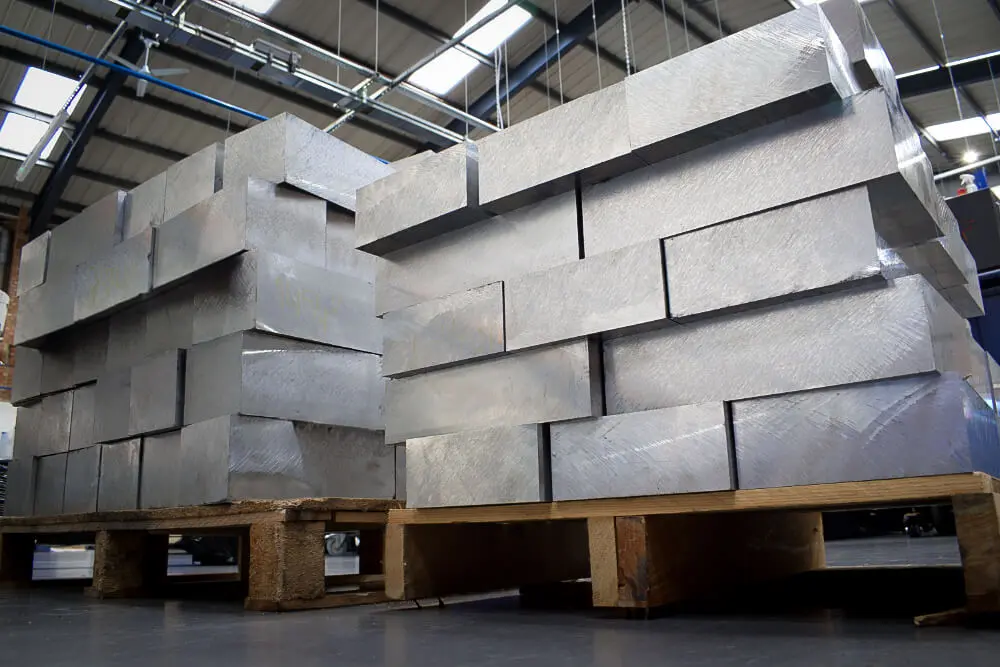
Choosing the wrong material can lead to costly failures, production delays, and unreliable parts. Hardness testing helps you avoid these issues by showing how materials respond to pressure, wear, and force. It provides the data you need to make confident and cost-effective decisions. This guide covers the most widely used hardness testing methods, including Rockwell, Brinell, Vickers, Knoop, and Shore.
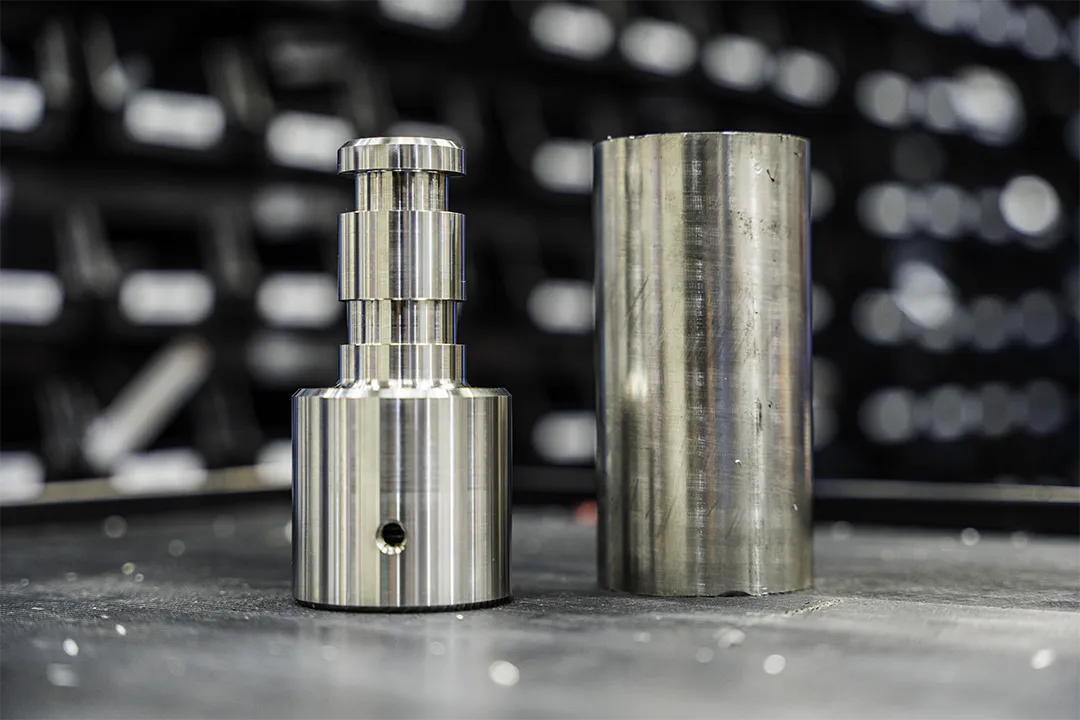
Watch a billet of aluminium go through the CNC turning process to become a complete precision component.
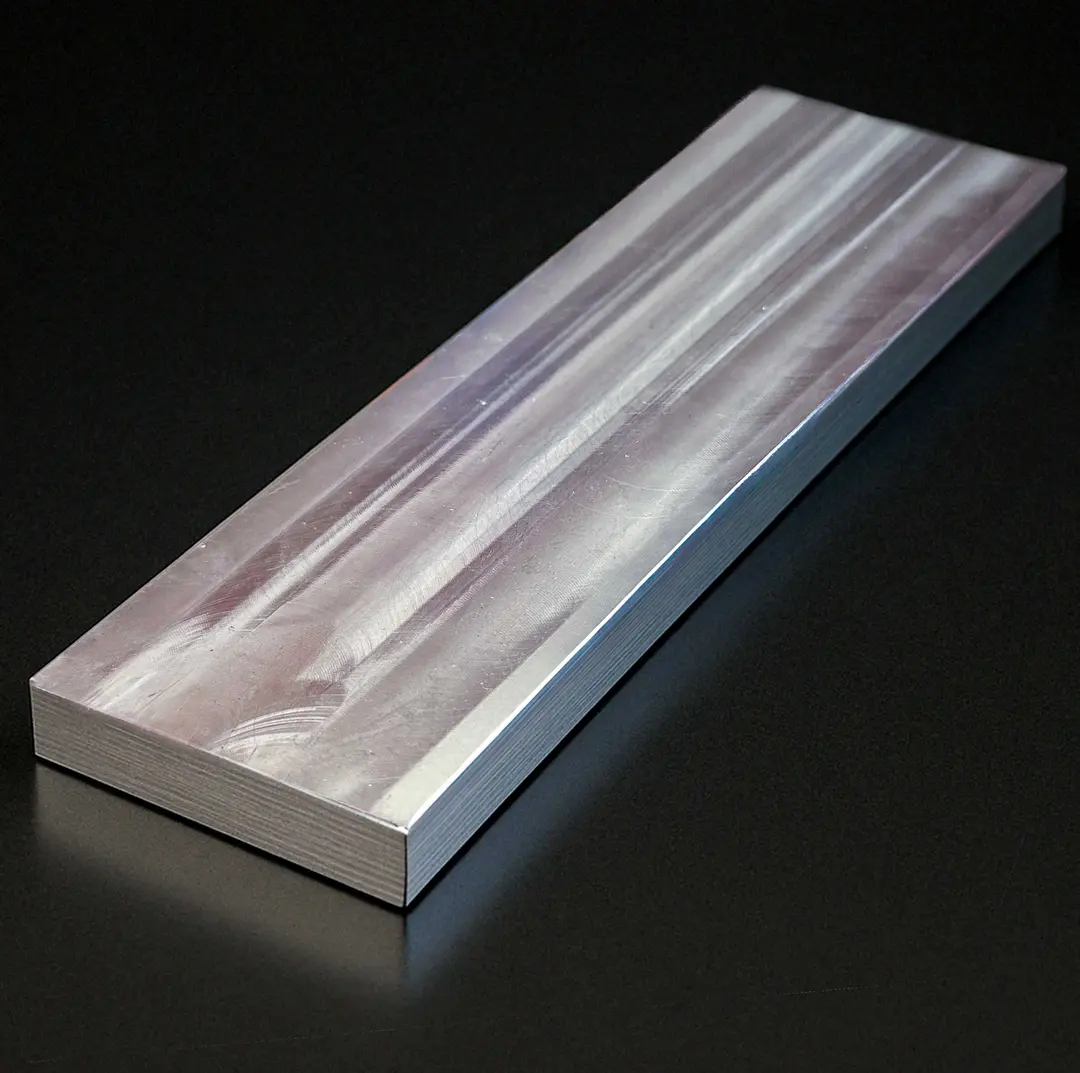
When your components are exposed to moisture, chemicals, or saltwater, choosing corrosion-resistant materials is key to ensuring long-term reliability. Selecting the right corrosion-resistant metal helps protect both performance and your bottom line. This guide explores the best corrosion-resistant materials for CNC machining in harsh environments. You'll learn which corrosion-resistant metals offer the most durability, and when each is the most suitable.
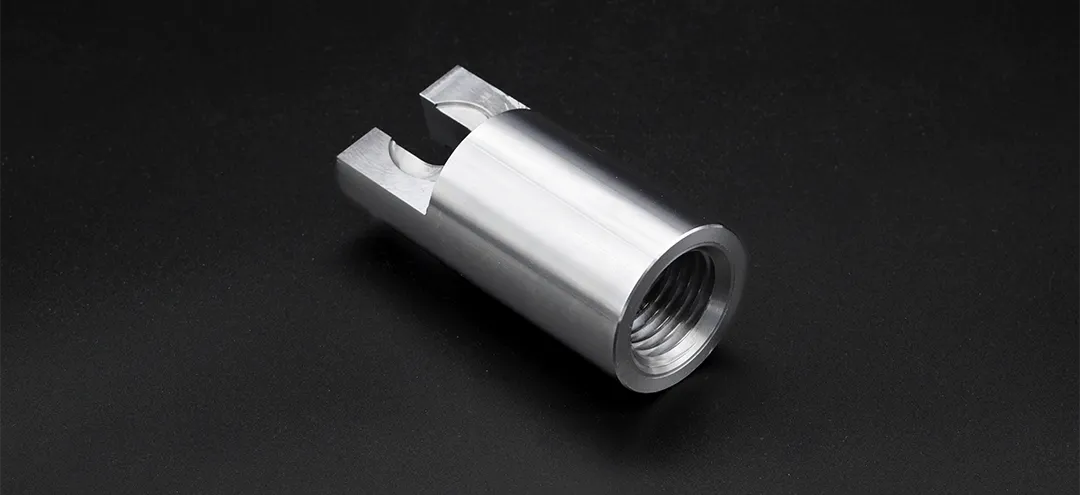
Threaded holes are a small but essential detail in CNC part design. If they're not specified correctly, they can lead to fit issues, tool breakage, or even part failure during assembly. You'll learn how each threading method works, when to use them, and how to avoid common pitfalls. We'll also touch on materials, tooling limitations, and how to clearly communicate your thread specs. Whether you're prototyping or placing a production order, this guide helps you get threads right the first time.